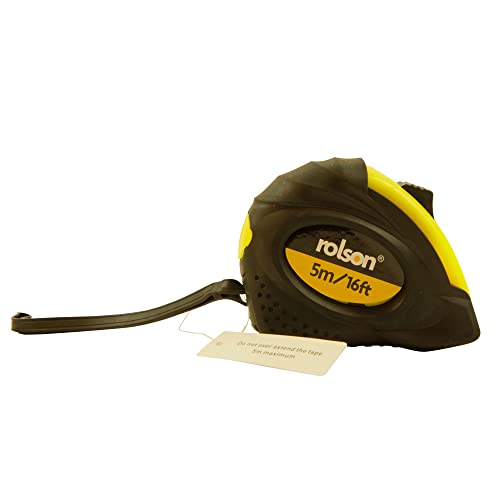The Origins of the Tape Measure
The history of the tape measure dates back to ancient times when people were in need of a way to measure distances and dimensions. While the exact origins of the tape measure are uncertain, evidence suggests that measuring tools similar to tape measures were used by various civilizations throughout history.
Ancient Measuring Tools
One of the earliest known measuring tools resembling a tape measure was the “rope stretcher” used by ancient Egyptians around 1500 BCE. This tool consisted of a marked string or rope that was used to measure constructions, land boundaries, and works of art.
Ancient Romans also had their own measuring tool known as the “decempeda” or “measuring rod.” This rod was made of metal or better-quality wood and had measurements marked on it. It was commonly used by architects, engineers, and builders during the Roman Empire.
The Evolution of the Tape Measure
The modern tape measure that we are familiar with today started to develop during the 18th century. The earliest versions were made of cloth or linen and were manually wound into small, handheld cases. These early tape measures were portable and more convenient to use compared to the rigid measuring rods or chains previously used.
In 1829, a British inventor named James Chesterman patented the spring tape measure, which used a coiled strip of metal that could be retracted into a case. This invention revolutionized the tape measure industry as it provided a more efficient way of measuring. Chesterman’s design also allowed for measurements to be taken with one hand, making it even more convenient for users.
The Modern Tape Measure
Throughout the 19th and 20th centuries, tape measures continued to evolve with new materials and features. The tape itself transitioned from cloth or linen to materials like steel, fiberglass, and nylon-coated steel, making them more durable and resistant to wear and tear.
In the late 20th century, electronic tape measures were introduced, which featured a digital display and the ability to store and recall measurements. These electronic tape measures offered greater accuracy and precision, making them popular among professionals in the construction, woodworking, and metalworking industries.
Tape Measure Innovations
While the fundamentals of tape measures have remained relatively unchanged, there have been several innovative advancements in recent years.
One notable innovation is the introduction of self-locking tape measures. These models automatically lock the tape in place once it is extended, eliminating the need for users to hold it manually while taking measurements. This feature greatly improves convenience and accuracy.
Another recent development is the integration of laser technology into tape measures. Laser tape measures use lasers to calculate distances quickly and accurately, making them ideal for larger-scale measurements and outdoor use.
The tape measure has come a long way since its ancient origins. From the simple rope stretcher of the Egyptians to the advanced digital and laser tape measures we have today, this tool has continuously evolved to meet the needs of various industries and individuals. As technology advances, it will be interesting to see what further innovations and improvements will be made to the tape measure in the future.






